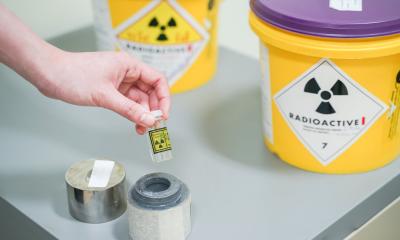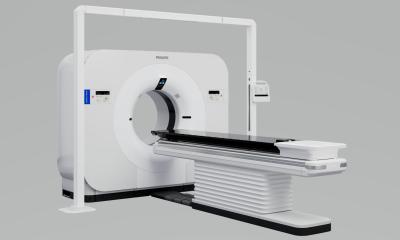Treatment availability
Project GIRO aims to save one million lives in under twenty years
Although radiation therapy is an essential part of modern cancer treatment, and is indicated for about half of all new cancer patients, facilities for its provision are sadly lacking in many countries worldwide. Indeed, 29 out of 52 African nations have no radiotherapy facilities whatsoever. At the ESTRO 36 conference leaders of the European Society for Radiotherapy and Oncology (ESTRO) will announce plans for a partnership to tackle the global problem of access to radiotherapy, with the ultimate aim of saving one million lives by 2035.
The Global Impact of Radiation in Oncology (GIRO) partnership aims to unite leaders in radiation oncology in order to create awareness of current problems and help provide solutions. “First of all, we need to understand what are the barriers to an adequate provision of radiotherapy and define how we can best tackle them, as well as outlining actions that the healthcare community can take to improve the current situation, both in their own countries and across the world,” says ESTRO President Professor Yolande Lievens of Ghent University, Ghent, Belgium, who is also a member of the project steering committee.
ESTRO already has considerable experience in this field at European level through the Health Economics in Radiation Oncology (HERO) project, which addresses the availability, the need for, the cost, and the cost-effectiveness of radiation therapy across Europe. GIRO takes the idea to a higher level, not just in its global reach, but also by concentrating on creating awareness of the problem of lack of access in countries where there may be not only little understanding of the scale of the problem, but also a lack of knowledge of the benefits of radiotherapy.
“It will be very important to increase understanding of the advantages of radiation therapy among patients as well as healthcare professionals in certain countries,” says Edward Naessens, patient representative on the ESTRO Radiation Oncology Safety and Quality Committee, and soon to be chair of the society’s Patient Advisory Group. “Imagine that you come from a country with no radiotherapy facilities; how much are you likely to know about its potential contribution to your cancer treatment? We need to ensure that everyone concerned is properly informed on what is possibly the best-kept secret in cancer cure and management, as well as providing them with the tools that can help bring about change for the better.”
The GIRO project will now apply data in pilot cases, and then be able to provide tools to enable decision-makers to address the problems of gaps in access to radiotherapy in a practical way. These data have been gathered at European level by HERO, and at global level by the Global Task Force on Radiotherapy for Cancer Control, convened by the board of the Union for International Cancer Control (UICC), and chaired by Professor Mary Gospodarowicz, University of Toronto, Toronto, Canada.
“Radiotherapy is an essential part of any successful cancer control programme,” says Prof Lievens. “ESTRO and our partners in GIRO consider it our duty to use the knowledge we have gained over many years to help others who have been less fortunate. We are determined to make this project work for the benefit of all.”
Source: European Society for Radiotherapy & Oncology (ESTRO)
05.05.2017










